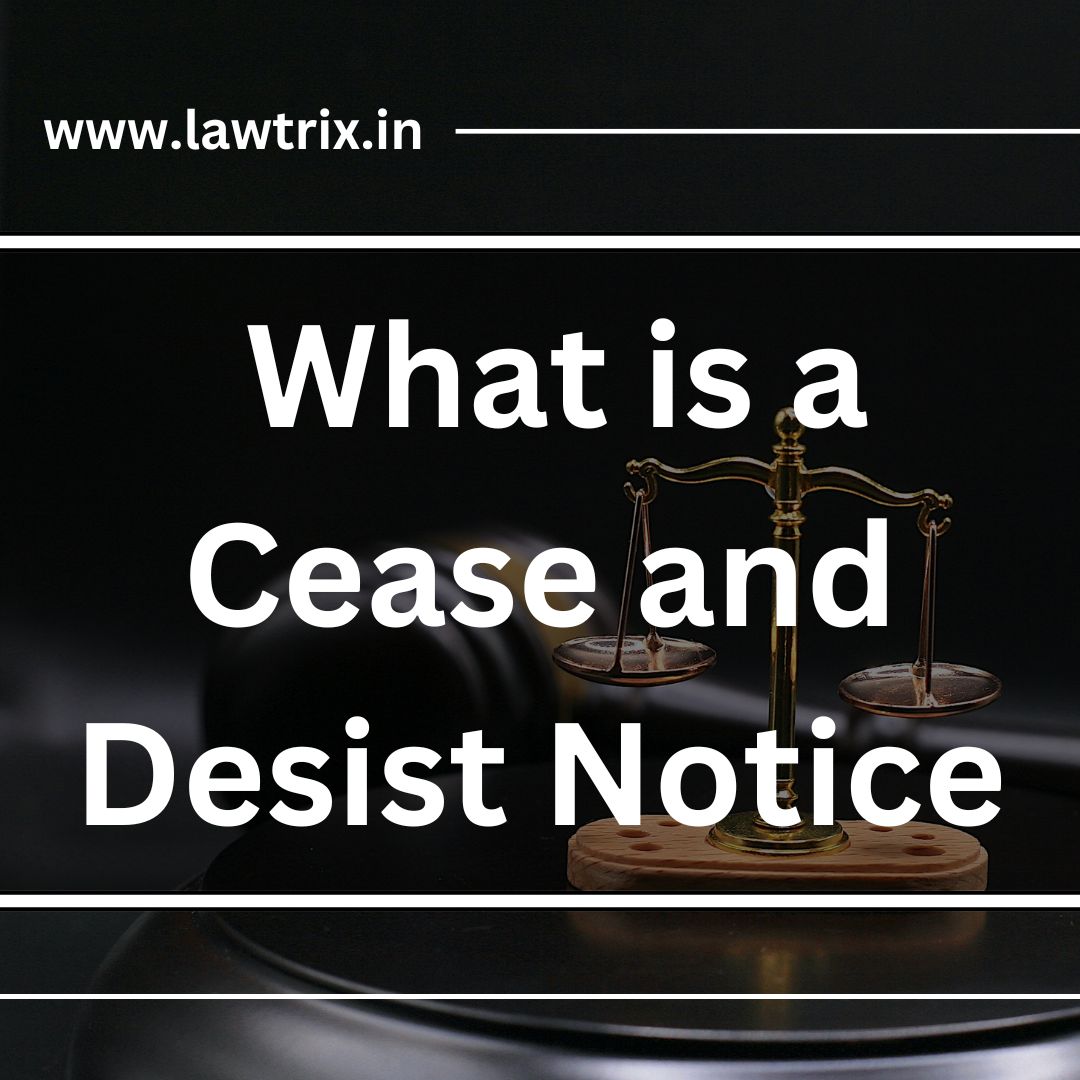


A Cease and Desist is a legal instrument used to formally demand that an individual, organization, or business stop engaging in specific actions or behaviors that are alleged to be unlawful, harmful, or infringe upon the rights of the issuer. It is a preventative measure aimed at resolving disputes outside of court, serving both as a warning and an opportunity for the recipient to voluntarily halt the contested activity before legal actions are pursued.
Purpose of a Cease and Desist
The
primary purpose of a cease and desist notice is to:
1. Notify the recipient of alleged
wrongdoing and explain how their actions may violate legal, contractual, or
ethical obligations.
2. Demand an immediate cessation of the
specified actions to prevent further harm or infringement.
3. Warn the recipient of potential
legal consequences, including lawsuits, penalties, or damages, if the conduct
continues.
This
tool is commonly used in disputes involving intellectual property, harassment,
contract breaches, or unfair business practices, offering a structured approach
to conflict resolution without immediately resorting to litigation.
Types of Cease and Desist
1. Cease and Desist Letter:
o A non-binding letter sent by an
individual, company, or their attorney.
o Serves as a formal request to stop
certain actions, often accompanied by evidence of the alleged misconduct.
o While it lacks the enforceability of
a court order, it acts as a first step in the dispute resolution process and
signals potential legal action if ignored.
2. Cease and Desist Order:
o A legally binding directive issued
by a court or regulatory authority.
o Often issued as part of ongoing
litigation or administrative proceedings.
o Recipients are required to comply
under the threat of fines, penalties, or other legal sanctions for
non-compliance.
Common Situations Where Cease and
Desist Notices Are Used
1. Intellectual Property Infringement:
o Unauthorized use of copyrights,
trademarks, or patents.
o Example: A company using a logo that
is too similar to another’s registered trademark.
2. Defamation and Harassment:
o To stop slander, libel, stalking, or
other forms of harassment.
o Example: Demanding a social media
user remove defamatory posts about a business.
3. Contract Violations:
o Breaches of non-disclosure
agreements (NDAs), non-compete clauses, or other contracts.
o Example: An ex-employee sharing
confidential information with a competitor.
4. Unfair Competition or Deceptive Practices:
o False advertising, misleading
promotions, or exploiting trade secrets.
o Example: A company falsely claiming
its products are superior by directly comparing them to a competitor’s
offerings.
5. Debt Collection Practices:
o Stopping aggressive or unlawful debt
collection activities under laws like the Fair Debt Collection Practices Act
(FDCPA).
Contents of a Cease and Desist
Letter
A
well-drafted cease and desist letter typically includes the following:
1. Identification of Parties:
o Names and addresses of both the
sender and recipient.
2. Description of the Alleged
Wrongdoing:
o A clear explanation of the actions
or behaviors in dispute.
o Reference to specific laws,
regulations, or agreements violated.
3. Demand for Cessation:
o A direct request to immediately stop
the harmful activity.
o Example: “Cease using our
copyrighted material within 10 days of receiving this letter.”
4. Timeframe for Compliance:
o A deadline for the recipient to
comply or respond.
5. Potential Legal Consequences:
o A warning of further action, such as
a lawsuit or damages, if the behavior continues.
Legal Implications
What to Do if You Receive a Cease
and Desist
1. Read Carefully: Understand the allegations and
demands.
2. Verify Legitimacy: Check whether the claims are valid
or legally enforceable.
3. Seek Legal Advice: Consult an attorney to assess your
options and potential defenses.
4. Respond Appropriately:
o If the claims are valid, consider
complying to avoid further disputes.
o If the claims are unfounded, your
attorney may respond with a counter-notice or seek a declaration of
non-infringement.
Examples
1. Intellectual Property: A software company might send a
cease and desist letter to another business that copied their code without
authorization.
2. Defamation: A public figure might issue a
cease and desist notice to a blogger publishing false claims about them.
3. Harassment: An individual might send a cease
and desist letter to stop another from sending threatening messages or
stalking.
Why Cease and Desist Notices Are
Important